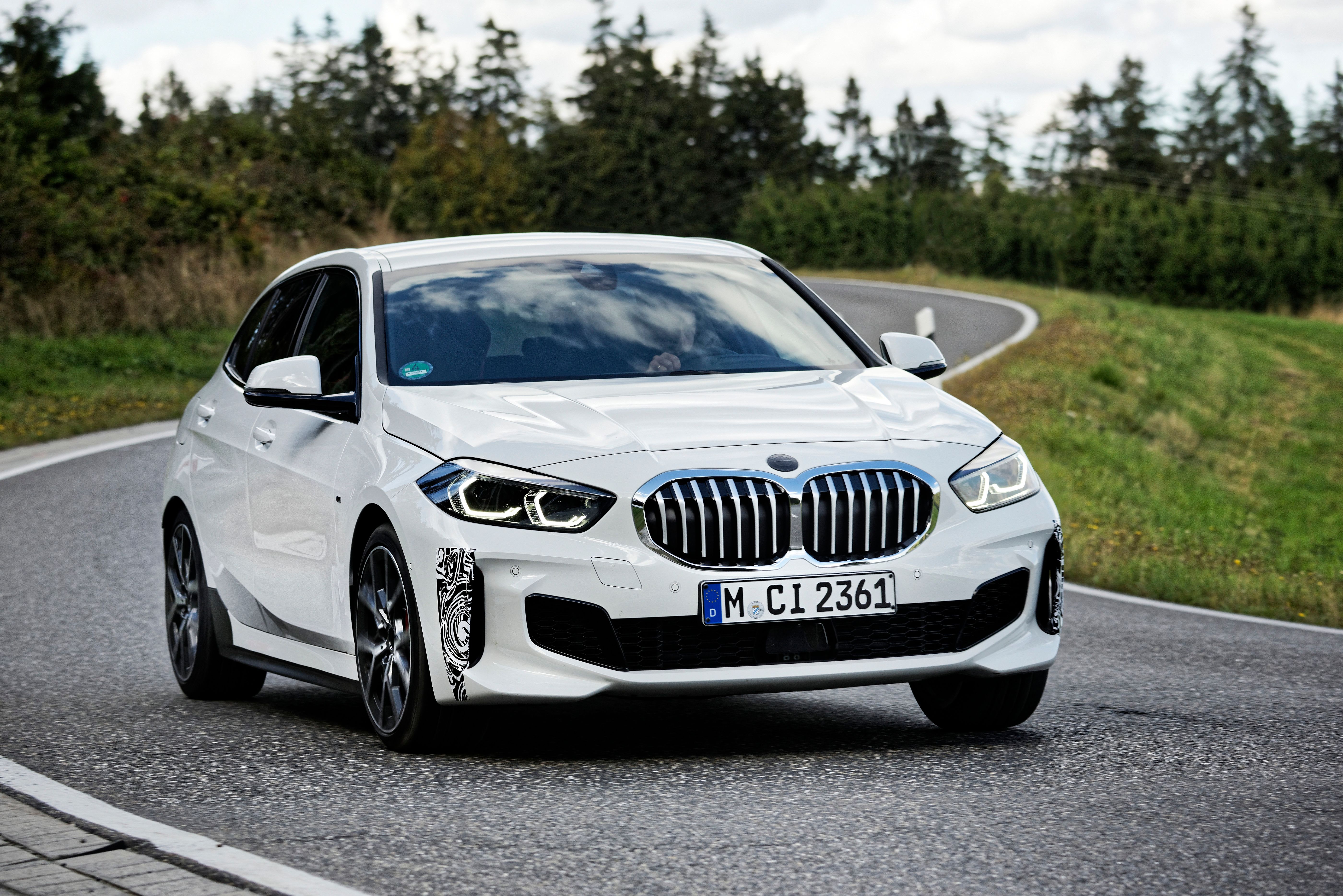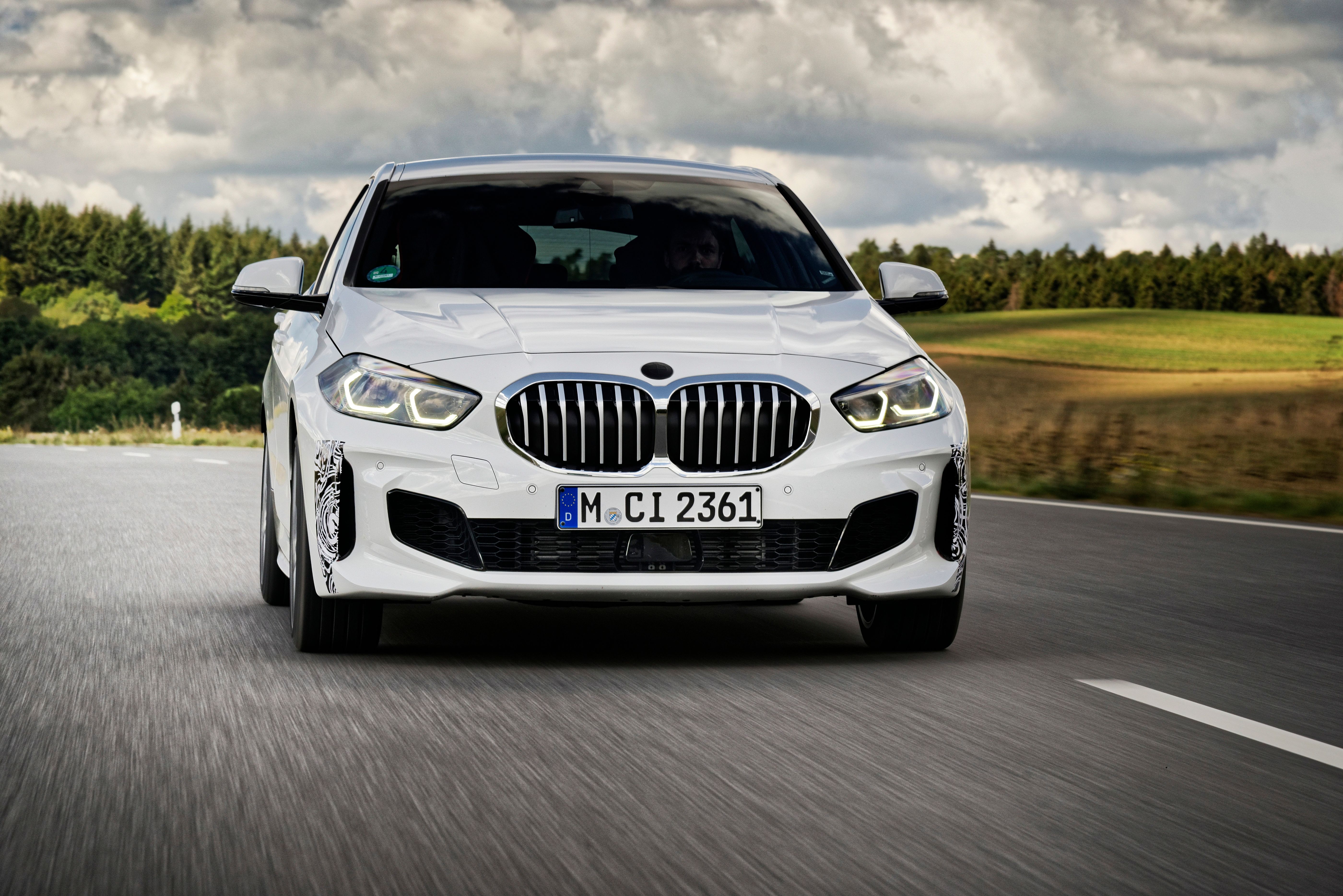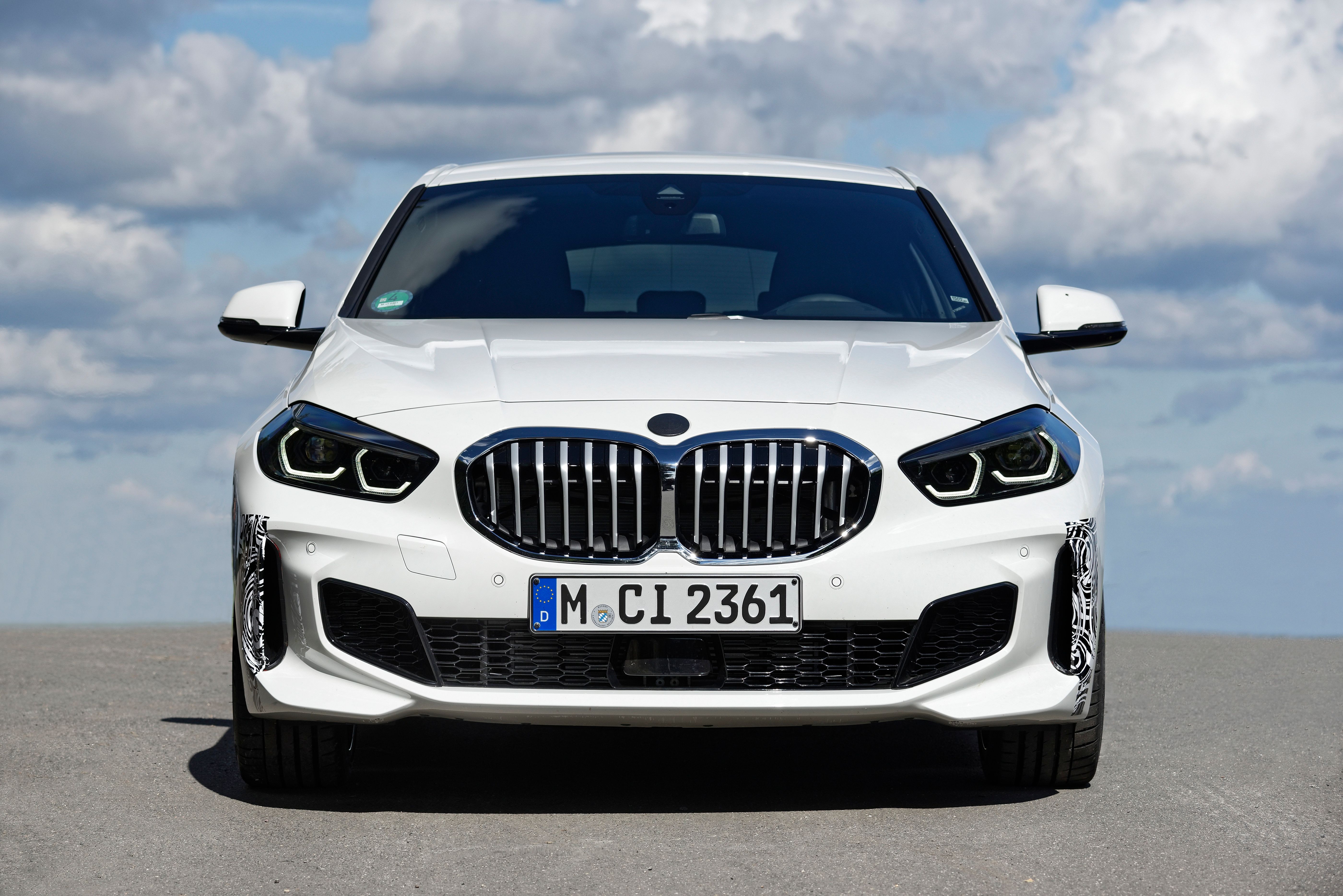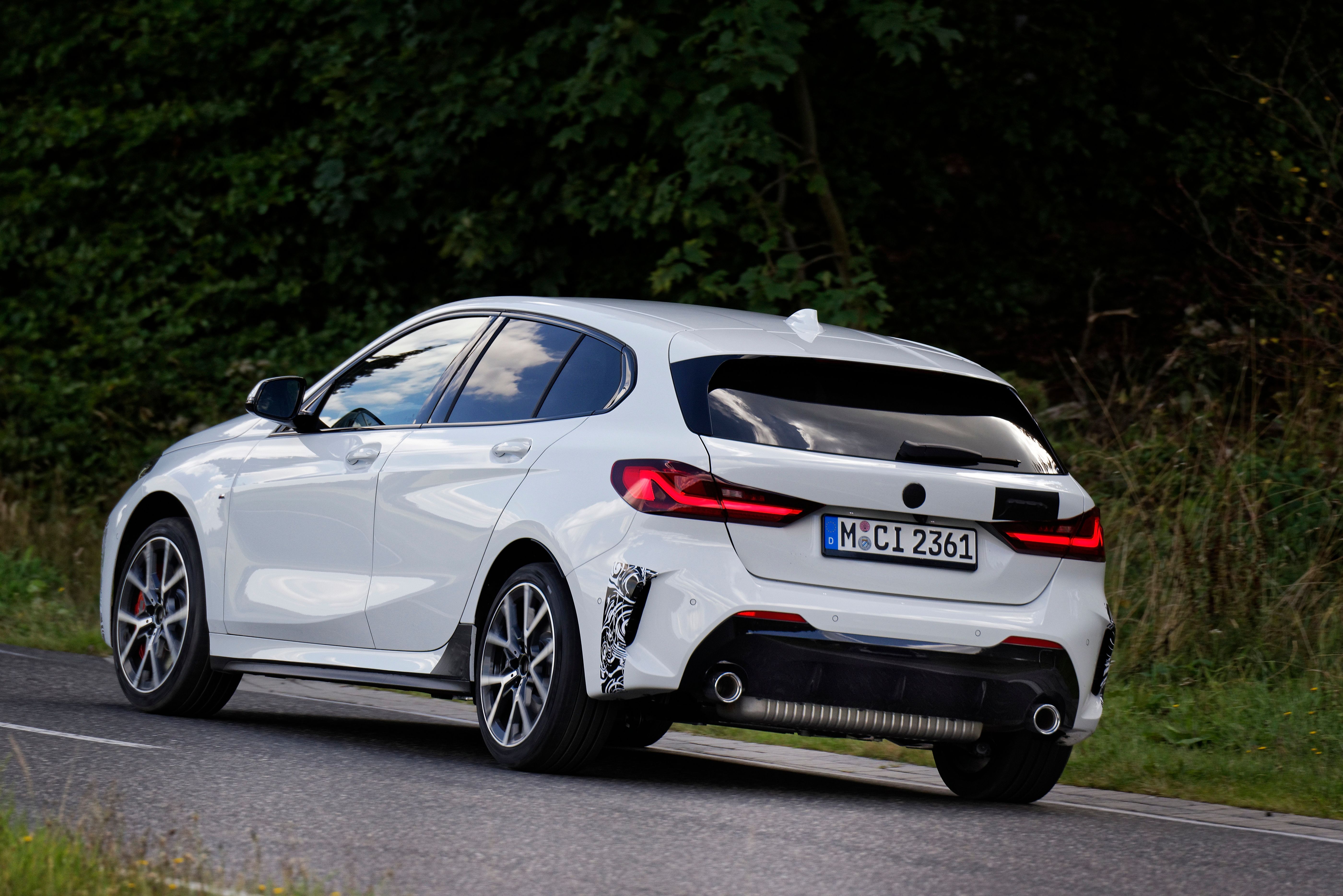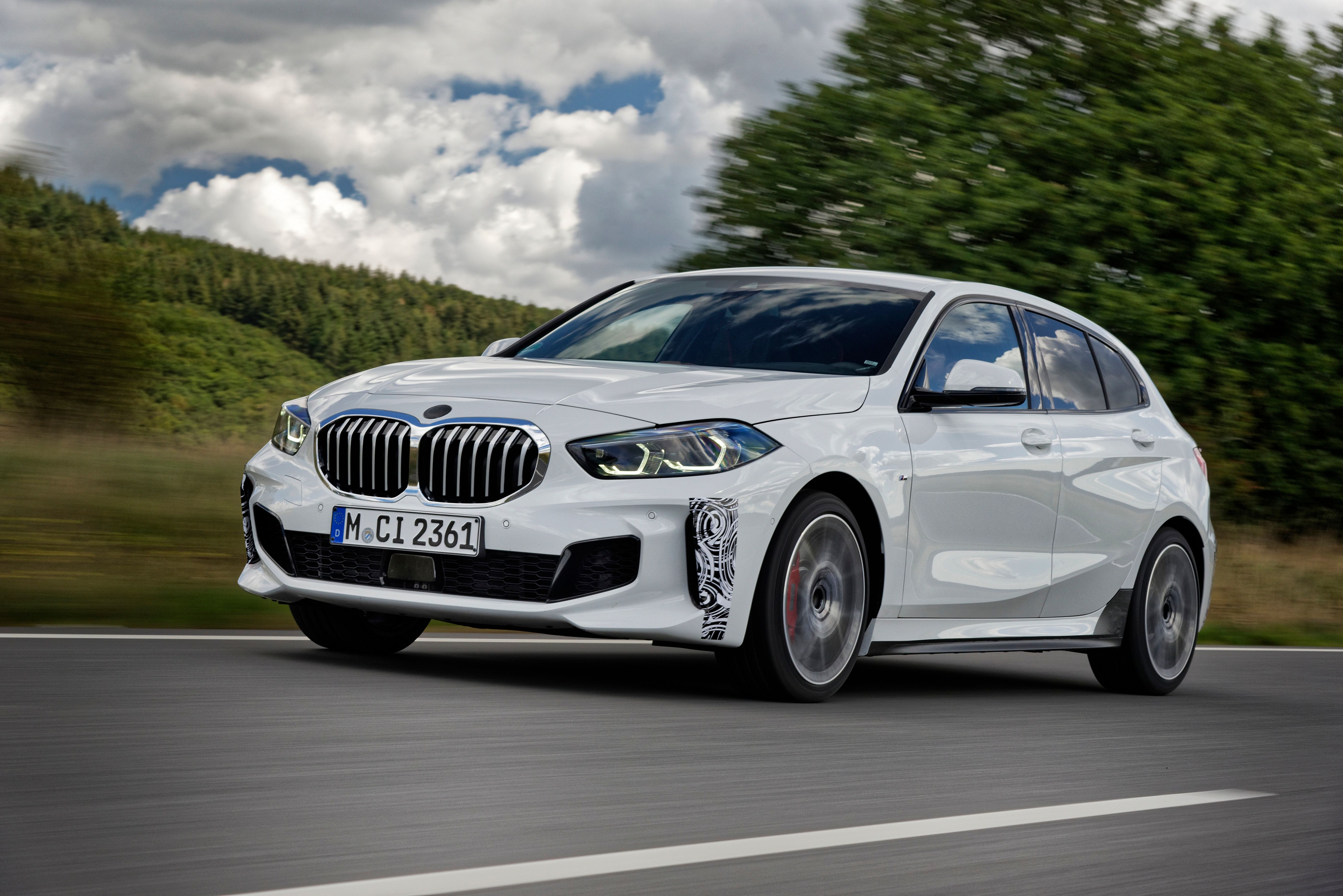BMW is once again setting its sights on the hot hatch market with a new 1 Series model that calls back one of the German automaker’s rarely used badges. This, ladies and gentlemen, is the BMW 128ti, and it wants to take a bite out of the hot hatch market. The 128ti — the “ti” stands for Turismo Internazionale — will have a tough go at it with so many contenders in the segment, but, rest assured, Bimmer isn’t returning to the niche market with the intention of being a mere spectator. No, sir. The 128ti is being developed to compete with the best-of-the-best, and from the looks of it, BMW isn’t cutting any corners in the hot hatch’s development. The 128i is more contender than pretender, and while all the details won’t be revealed until its expected debut in November, it looks like BMW has a new pocket rocket on its hands.
What’s the history of the ti badge?
What should we expect from the BMW 128ti?
Now, does the 128ti have the chops to accomplish that goal? You might be surprised to know that the 128ti shares a lot of its hardware with the 1 Series’ range-topping unit, the M135i. Both models carry the same 2.0-liter turbocharged four-cylinder engine, though output in the 128ti’s four-cylinder unit has been detuned from 302 horsepower to “only” 261 horsepower. That comes as an unintended consequence of having the all-wheel-drive M135i slotted at the top of the 1 Series hierarchy.
Still, the 128ti’s four-cylinder engine packs plenty of power with the 261-horsepower output. It’s not as powerful as the 306-horsepower Honda Civic Type R, but it does beat out the Volkswagen Golf GTI Mk VIII and its 242-horsepower four-cylinder engine.
Crucially — and confusingly — BMW is offering the 128ti with a standard automatic transmission instead of a manual gearbox. According to Bimmer, the lack of customer demand and tricky regulations contributed to the decision to only offer an eight-speed automatic gearbox in the 128ti. Tough sledding, folks.That said, an automatic transmission does come with its own benefits, including the ability to have a clean launch. Get a clear enough launch and you can crack 62 mph onboard the 128ti in just 6.1 seconds. That’s 0.2 seconds quicker than the Golf GTI and only 0.4 seconds off the pace of the Civic Type R. Meanwhile, the 128ti’s brakes and the meaty anti-roll bars are also sourced from, you guessed it, the M135i.
If a lot of hardware is shared, what’s the difference between the 128ti and the M135i?
Even if the 128ti and the M135i are splitting hardware like a cob of corn at dinnertime, there are still striking differences between the two. The M135i’s 2.0-liter twin-turbo four-cylinder engine generates more output — 302 horsepower to 261 horsepower — compared to the 128ti’s four-cylinder engine. More importantly, the M135i is all-wheel-drive and, as we’ve come to know, the 128ti is front-wheel-drive. That’s an important distinction that results in different ways to drive and enjoy both models.
Even the interior different as the M135i’s cabin looks decidedly posher than the interior of the 128ti. Sure, the layout is largely the same as it is across the entire 1 Series range, but the M135i looks busier compared to the 128ti. Perks of a range-topper, I suppose?
Is it worth it to buy the BMW 128ti when it comes out later this year?
This question will only be answered if you take the 128i for a test run. The hot hatch is arriving in November so these questions should be answered sooner than later.
As for our friends across the Atlantic, have at it with the 128ti. It’s priced at around £32,000, which converts to around $41,000 based on current exchange rates.

